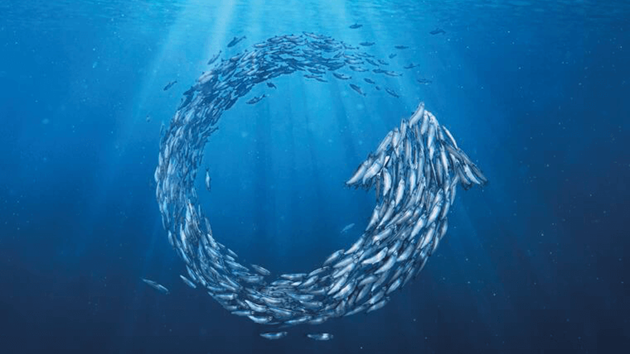Designed for Levels 3-5 and adaptable material for levels 5+, in this topic we explore the practice of fisheries management… the process that creates and enforces rules to prevent overfishing and help recovery of overfished stocks recover.
Dive in and explore
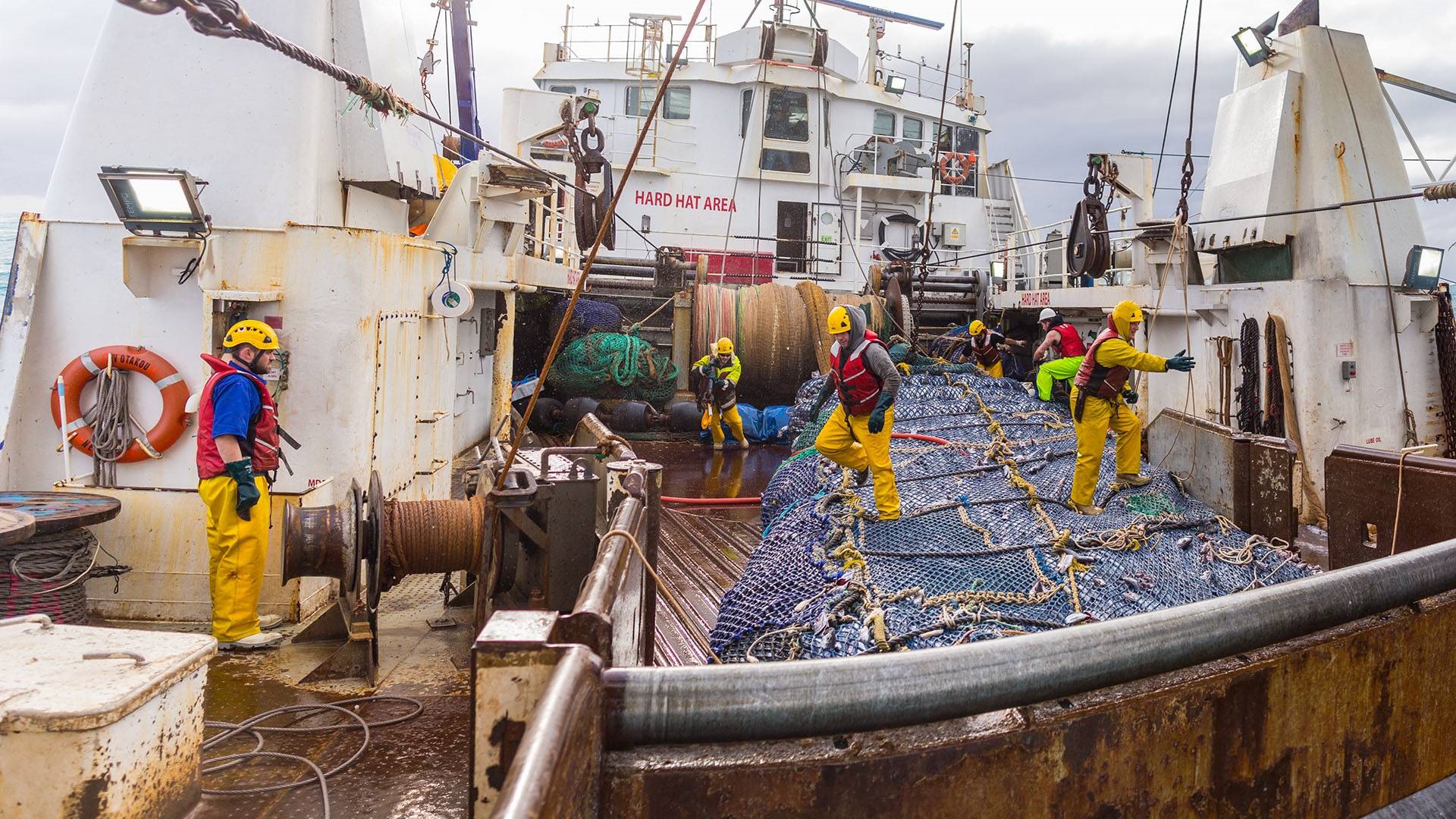
Well managed fisheries
Investigate the characteristics of a well managed fishery.
🎚 Level: 3-5+
⌚ Duration: 50 + minutes
✍ Curriculum areas: Science, Pūtaiao, Social Science, Tikanga-ā-iwi, Geography, Hauora
🌟 Key competencies: Thinking; Managing Self; Using language, symbols & texts; Relating to others
🔤 Keywords: Kaitiakitanga, Fisheries Management, Kaitiaki / Tiaki, Sustainable fishing
📌 Location: Indoors
⏭ Next steps (this topic): Traditional fisheries management, Quota Management System
⏭ Next steps (other topics): Business of fishing today, Future challenges and opportunities
📚 Prior learning: Overfishing; Sustainable fishing, Sustainable fishing and sustainable catch
The Marine Stewardship Council sustainable fishing standard requires fishers to demonstrate ‘well managed’ fisheries. Well managed fisheries use science and observation to ensure fish stocks stay healthy. Well managed fisheries have controls in place to manage fishing effort by, for example, limiting when and how people can fish.
Focus Questions:
What are some indicators of ‘well managed’ (sustainable) fisheries?
What new words and concepts have we learnt?
Learning outcomes:
Describe some indicators of well managed (sustainable) fisheries?
Use scientific and fishery management related vocabulary
Materials:
Well Managed Fisheries SLIDE SET
Well Managed Fisheries Teacher OUTLINE
Access to internet
Copies of Kaitiakitanga WORKSHEET
Something to write with
Activities include:
CONSIDER the concept of Kaitiakitanga
READ and ANSWER questions using the Kaitiakitanga WORKSHEET
INVITE a kaitiaki or tiaki to visit and speak
WATCH the short film on the Marine Stewardship Council’s standard
BRAINSTORM what we already know about fisheries management
DISCUSS ‘good’ sustainable fisheries management
WATCH the short film The fishery is well managed
LABEL a fisheries management diagram
BRAINSTORM indicators of good fisheries management
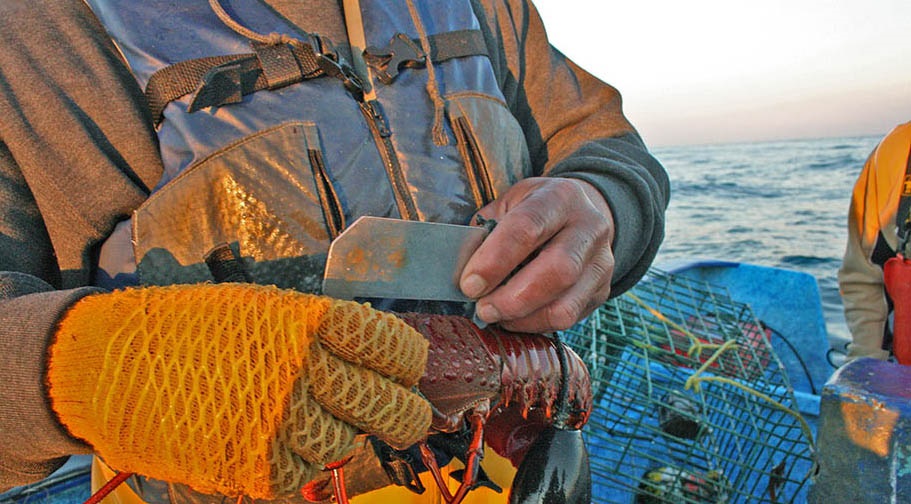
Traditional fisheries management
Investigate traditional fishery management tools including tikanga and rāhui.
🎚 Level: 3-5+
⌚ Duration: 50+ minutes
✍ Curriculum areas: Science, Pūtaiao, Social Science, Tikanga-ā-iwi, Geography, Hauora
🌟 Key competencies: Thinking; Managing Self; Using language, symbols & texts; Relating to others
🔤 Keywords: Rāhui, Kaitiakitanga, Tikanga, Kaitiaki / Tiaki, Rohe moana, Quota Management System
📌 Location: Indoors
⏭ Next steps (this topic): Quota Management System, EEZ & the Law of the Sea
⏭ Next steps (other topics): Kaitiakitanga
📚 Prior learning: Overfishing; Sustainable fishing; and Sustainable fishing and sustainable catch
Over hundreds of years Māori developed an intimate understanding (science of sorts) about fish and environment. Māori developed fishery management techniques or Tikanga (ways of doing things) to protect fish stocks and habitat. These practices are still used today and several traditional fisheries management tools (including rahui) are given expression under the Quota Management System (QMS).
Focus Questions:
What are some traditional fishery management tools used to manage fisheries sustainably in Aotearoa New Zealand?
What new words and concepts have we learnt?
Learning Outcomes:
Describe traditional fishery management tools used to manage fisheries sustainably in Aotearoa New Zealand
Use scientific and fishery management related vocabulary
Materials:
Traditional Fisheries Mgmt SLIDE SET
Traditional Fisheries Management OUTLINE
Access to internet (for film clips and extra learning on worksheet)
Copies of Te Kaitiaki Toheroa WORKSHEET
Something to write with
Activities include:
DISCUSS traditional fisheries management tikanga and tools
CONSIDER tikanga you might follow when fishing
WATCH the short film Guardianship
INVESTIGATE the Te Ara webpage on Traditional Practices
INVITE a kuia or Kaumātua or use your own knowledge to learn more about traditional fishery management practices
LIST traditional fishery management tools used by Māori
READ Te Kaitiaki Toheroa
COMPLETE the Te Kaitiaki Toheroa WORKSHEET
WATCH the short film Marae TV film about Toheroa
WATCH Toheroa: Rejuvenating a Delicacy
DISCUSS how traditional fisheries management is still alive and incorporated into the QMS
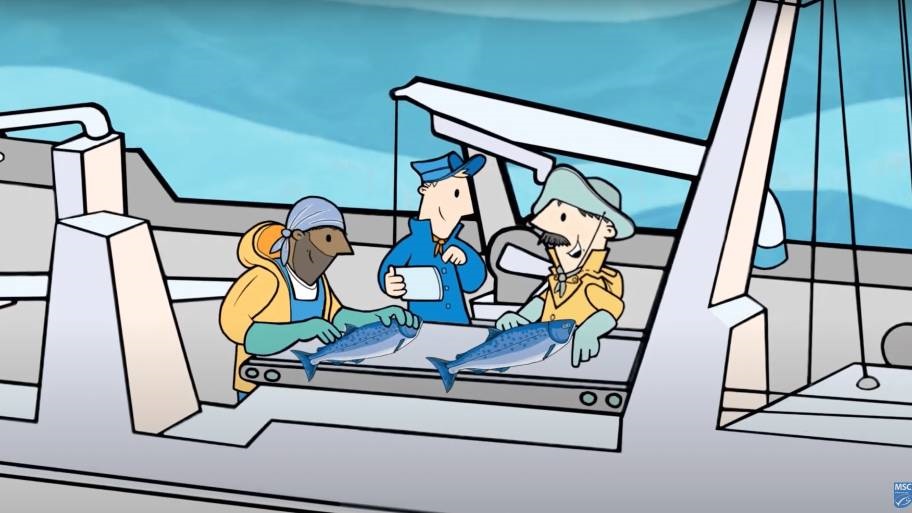
Quota Management System
Explore some key features of Aotearoa New Zealand’s Quota Management System and some of the different viewpoints regarding it’s merits and success.
🎚 Level: 3-5+
⌚ Duration: 50+ minutes
✍ Curriculum areas: Science, Pūtaiao, Social Science, Tikanga-ā-iwi, Geography, Hauora
🌟 Key competencies: Thinking; Managing Self; Using language, symbols & texts; Relating to others
🔤 Keywords: Quota Management System (QMS), Total Allowable Catch (TAA), Quota Management Areas (QMAs), Illegal fishing
📌 Location: Indoors
⏭ Next steps (this topic): EEZ & the Law of the Sea; Topic review
⏭ Next steps (other topics): Illegal fishing, Business of fishing today, Future challenges and opportunities
📚 Prior learning: Overfishing, Sustainable fishing, Sustainable fishing and sustainable catch
In Aotearoa New Zealand fisheries are managed under the Quota Management System (QMS). The QMS aims to limit the number of fish that can be caught to a sustainable level. Under the QMS a Total Allowable Catch (TAC) is made up of recreational, customary and commercial fisheries. By controlling the amount of fish taken by all sectors of the fishing community the QMS works to keep fishing sustainable.
Focus Questions:
What are the key features of the Aotearoa New Zealand Quota Management System (QMS)?
What new words and concepts have we learnt?
Learning Outcomes:
Investigate key features of Aotearoa New Zealand’s Quota Management System
Use scientific and fishery management related vocabulary
Materials:
Quota Management System OUTLINE
Access to internet (for film clips and extra learning on worksheet)
Copies of QMS WORKSHEET
Copies of Customary and recreational fisheries WORKSHEET
Copies of Sustainable oceans and seas WORKSHEET
Something to write with
Access to internet or copies of illegal fishing articles (Teacher outline page 7) and question cards (Teacher outline page 8)
Activities include:
WATCH the short Seafood New Zealand film World Leading
DISCUSS the Quota Management System
READ and ANSWER questions using the QMS WORKSHEET
EXPLORE the idea that only commercial fishers can legally sell fish
READ and ANSWER questions using the Customary and recreational fisheries WORKSHEET
DISCUSS the idea that there are fishery management areas
WATCH the film Sustainable Oceans and Seas
Answer questions on the Sustainable oceans and seas WORKSHEET or play the Kahoot quiz called Marine Stewardship Council NZ Sustainable Oceans and Seas
Conduct a SURVEY of people’s opinions on the QMS
Survey people’s knowledge and opinions on the QMS
WATCH the short film Fishy Business
PLACE your own viewpoint on a views & values continuum
REFLECT and DISCUSS – What role do scientists play in looking after fisheries under the QMS?
COMPLETE A fisheries scientist story WORKSHEET
Conduct a GROUP ACTIVITY and INVESTIGATE illegal fishing in Aotearoa New Zealand
PLAY the Go Fish GAME
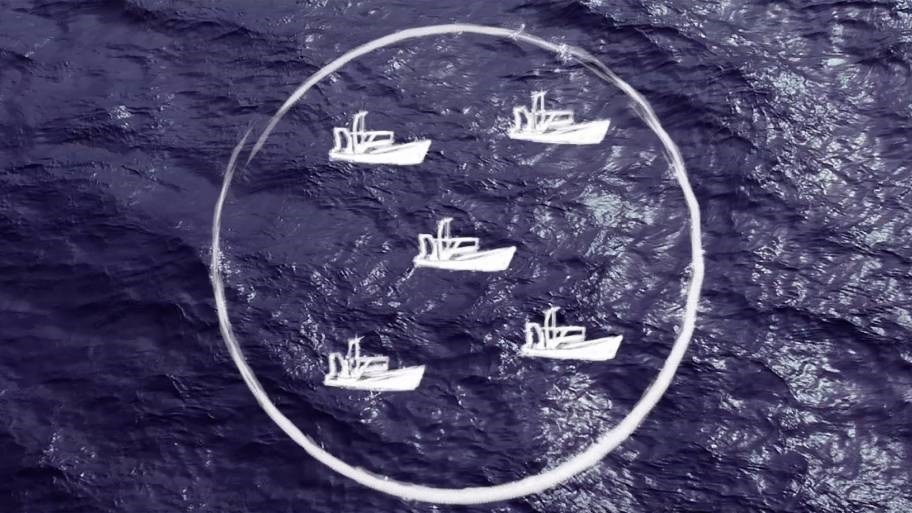
EEZ (Exclusive Economic Zone) & Law of the Sea
Explore boundaries and rights that exist in different maritime zones and how our Exclusive Economic Zone (EEZ) compares to those allocated to other countries.
🎚 Level: 3-5+
⌚ Duration: 50+ minutes
✍ Curriculum areas: Science, Pūtaiao, Social Science, Tikanga-ā-iwi, Geography, Hauora
🌟 Key competencies: Thinking; Managing Self; Using language, symbols & texts; Relating to others
🔤 Keywords: EEZ (Exclusive Economic Zone); Continental shelf, Territorial sea, UNCLOS (United Nations Convention on the Law of the Sea)
📌 Location: Indoors
⏭ Next steps (this topic): Review
⏭ Next steps (other topics): Jobs in the fishing industry, Fishing supply chain
📚 Prior learning: Overfishing, Sustainable fishing, Sustainable fishing and sustainable catch
The United Nations Convention on the Law of the Sea (UNCLOS) established the right for countries to manage fisheries out to 200 nautical miles from land. This area is known as the Exclusive Economic Zone (EEZ). The advent of this was especially significant for Aotearoa New Zealand as we have the fourth largest EEZ in the world!
Focus Questions:
What is the EEZ and how is this relevant to fisheries management?
What new words and concepts have we learnt?
Learning Outcomes:
Investigate the concept of EEZ (Exclusive Economic Zone) and its relevance to fisheries management
Use scientific and fishery management related vocabulary
Materials:
Access to internet
Paper or card to create a map
Something to write and draw with
Activities include:
CONSIDER how far out to sea we can catch fish?
CREATE a MAP of Aotearoa New Zealand’s ocean zones
EXPLORE this interactive map and look at different EEZs
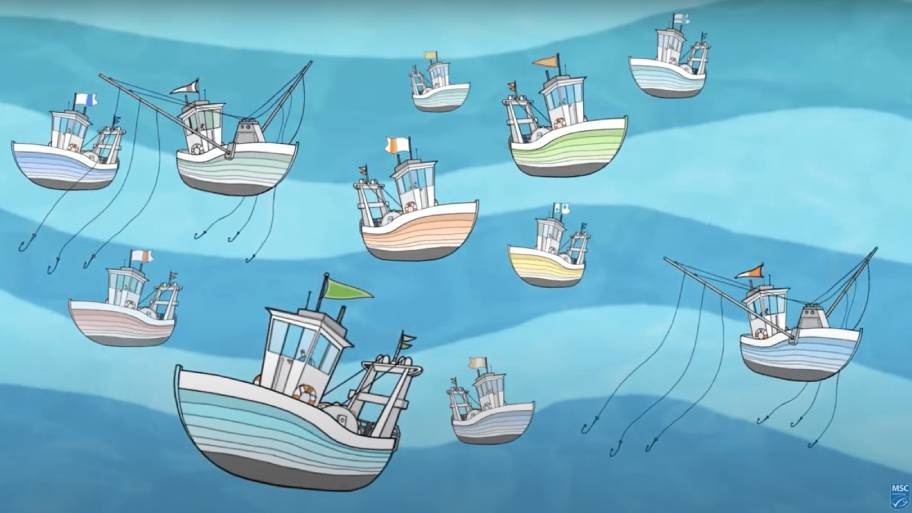
Review Key Concepts
Deepen understanding of fisheries management including the Quota Management System (QMS) by reviewing key concepts from Topic 5.
🎚 Level: 3-5+
⌚ Duration: 50+ minutes
✍ Curriculum areas: Science, Pūtaiao, Social Science, Tikanga-ā-iwi, Geography, Hauora
🌟 Key competencies: Thinking; Managing Self; Using language, symbols & texts; Relating to others
🔤 Keywords: Rāhui, Kaitiakitanga, Tikanga, Kaitiaki / Tiaki, Rohe moana, Quota Management System, EEZ (Exclusive Economic zone), UNCLOS (United Nations Convention on the Law of the Sea)
📌 Location: Indoors
⏭ Next steps (this topic): None
⏭ Next steps (other topics): Jobs in the fishing industry, Fishing supply chain
📚 Prior learning: Overfishing, Sustainable fishing, and Sustainable fishing and sustainable catch
Review key learning from topic 5.
Focus Questions:
What new words and concepts have we learnt?
Learning Outcomes:
Use scientific and fisheries related vocabulary
Materials:
Access to internet
Something to write and draw with
Fisheries Management game (Teacher outline, page 5 - including chopsticks, plastic hand spades, lollies, shells etc)
Activities include:
INVESTIGATE the MSC website and review the different parts of the MSC story
PLAY the fisheries management game
Make and then take a QUIZ

Back to Topic 4
Protecting the marine environment - He tapu te wai, he ora te wai
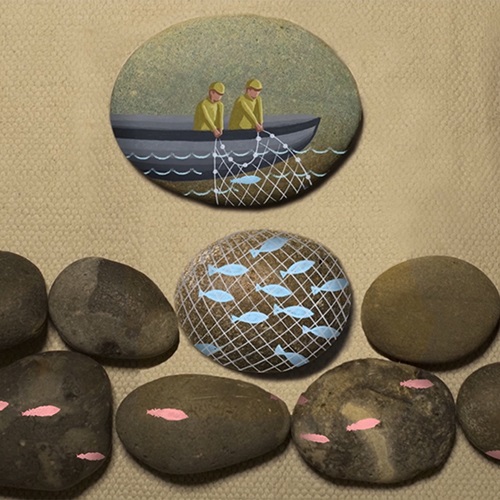
Forward to Topic 6
Seafood supply chain, jobs, illegal fishing & slavery at sea - Māu te taiata, māku te taiahiahi
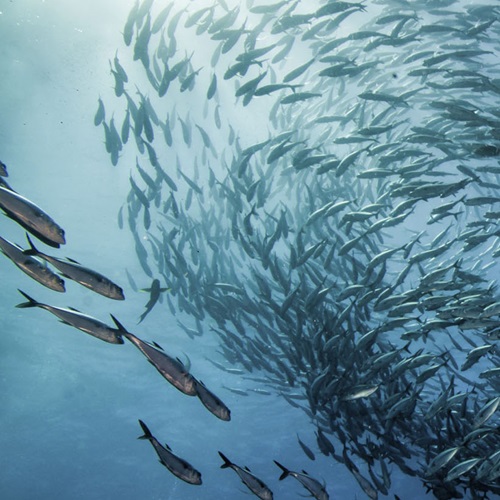
Topic Selector
Te Kawa o Tangaroa: all topics
Explore more

Featured{{item.Headline}}
{{item.Description}}
Sign up for teacher updates
Each quarter, we'll feature the latest education resources, upcoming calendar dates, competitions and the very best ocean-related stories.


